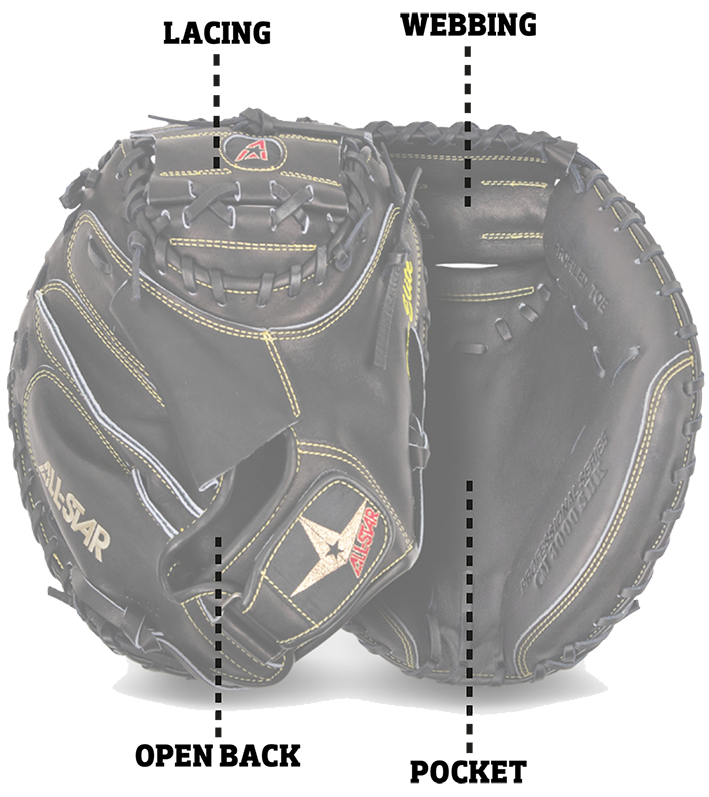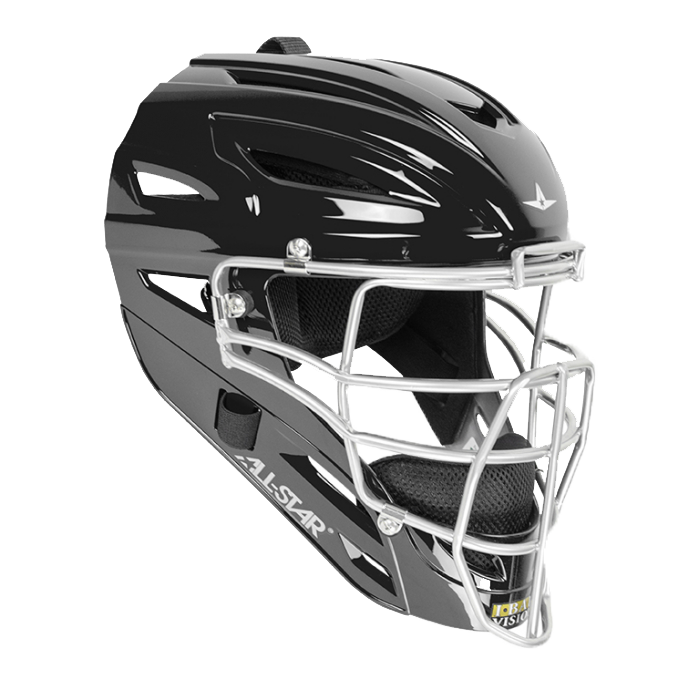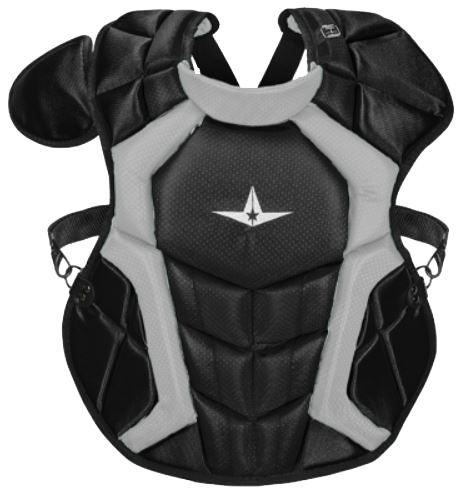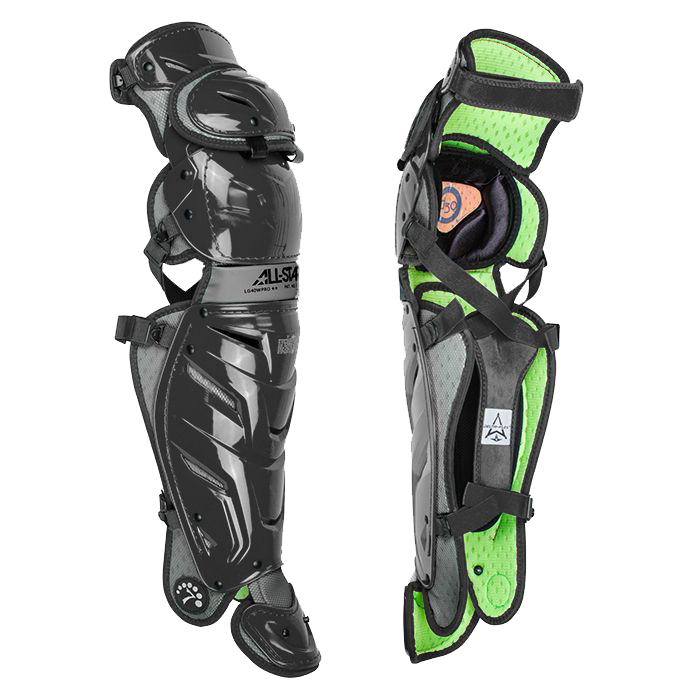When you want to buy new catcher equipment it's important that you know all about it. Because what's more important than protection your body? This guide will help you to learn more about the features of a catcher's mitt, catcher's helmet, body protector and the leg guards.
A catcher is seen as the leader on the field, because of the total overview this position has on the field. So that’s why this position also needs the best of the best equipment.
Catcher’s gear contains four pieces of primary equipment. These four are a catcher’s mitt, a mask, a chest protector and leg guards. You can add accessories like knee savers and a throat protector.
Checking all the equipment and deciding what you need is very hard to do, therefore we have created this Buying Guide to help you through it and make it a bit easier for you.
The Catcher’s Mitt
A mitt should be reliable to catch those fast pitches. A catcher’s mitt is not just designed to catch balls and protect your hand, but also to make game changing plays to secure inning after inning.
A catcher’s mitt is a glove with no other similar glove in design. A fielding glove has individual finger pockets. A catcher’s mitt does not but is meant to keep the fingers closer together. This provides more security for the catcher. Catcher’s mitts usually have a closed web, this gives them more support when catching the ball. Please refer to our other Buying Guide “How to choose your Baseball Catcher’s Mitt”.
Catcher’s Masks
Number two in the essential equipment is a catcher’s mask. This offers two main features which are easy removal and protection. It protects your face against wild pitches and foul balls, but also easy to remove when going after a fly ball.
When going for style there are two options. The first one is the traditional two-piece style. Next to that, there is the hockey style.
The traditional two-piece style mask sits on top of a batting helmet, this makes it easier to remove when catching a fly ball and making fast plays at the home plate. This mask style has padding that covers the forehead and jaw of the catcher, it doesn’t offer as much protection as the hockey style catcher’s mask.
The hockey-style catcher’s mask looks like a hockey goalie’s helmet and offers more protection than the two-piece style mask. That’s why this style is becoming more and more popular. As a disadvantage they are not easy to get rid off and can hinder your vision when going for a fly ball. Always check your local leagues before buying a mask. Most of the youth leagues require the players to wear a hockey-style mask because of the extra protection.
Most mask manufacturers create masks for two target groups, the youth and adult players. The reason behind this is that a mask is very easy to fit to your head. Just pull the adjustable straps at the back of the mask to your personal preference.
Most of the time, a youth mask is designed for a player aged 12 years and younger. The adult masks are usually for players aged 13 and up. But it could be possible that a youth sized mask fits you better, go for the option which is the most comfortable for you.
Chest protectors
This is the largest piece of equipment in the whole set. This will protect the chest, neck, shoulders and stomach from wild pitches and foul balls.
The chest protector is made from a very durable foam-like material that absorbs impact when the ball hits it. It will provide full protection to the players body. A mesh fabric has been used for the inside to keep the player cool on the field.
You can make it as expensive as you want for yourself. More expensive chest protectors are made from a lighter and softer foam, this causes the player to move better and faster. With cheaper protectors, the materials are often harder and heavier.
In order to find the right size for your chest protector, measure your body from the base of the neck to the top of your waist in inches. For example if this length is 16.5 inches, you will need a chest protector which is a size 16.5.
Leg Guards
The final piece of necessary equipment protect the player’s ankles, knees and shins but also provide comfort. For example when a catcher needs to kneel for long periods of time. They reach from the top of the cleat all the way up to above the knee. The leg guards are made of a soft padding on the inside for extra comfort and a hard shell on the outside for protection.
Going for leg guards is just as easy as going for a chest protector. Start at the middle of your knee and measure all the way down to your ankle. For example if you measure 14 inch, your leg guards are most likely to be a size 14 as well.
Accessories
Complete your catcher set with some extra items like a throat protector, knee savers and a bag to put your gear in.
When you have to be crouched for at least 90% of the time, it is most likely to get sore knees throughout the game or even after the game. Knee savers come in handy here as you attach these to the back of the leg guard. They remove some weight off your knees when your crouched. These are made to fit most of the leg guards.
A throat protector is a hard and strong piece of plastic that protects the throat of the catcher. These items are starting to get popular amongst the pros. Some of the lower level leagues are taking these items as a required item before you are able to play. Most of these throat protectors are one-size-fits-all.
With all of these separate items, how are you going to carry these? Because wearing them already when going to practice is not quite comfortable in the car or on the bike. So a catcher’s bag is the perfect solution for this as the bag has special pockets to hold your gear. This keeps your gear organized while traveling from and to the field.
All the gear that a catcher will need can be bought in two options. You can choose for yourself to buy every item separately, or you can choose to buy a complete set. A set is convenient and contains a mask, chest protector and leg guards. All of these items come in a standard size. To get a better fit and more customized look, you can buy every piece of equipment separately. This is a great option for players who play a lot and really invest their time in it.
Now that you know what to look for and what to keep in mind, you are all set to make those big plays and secure every inning.




